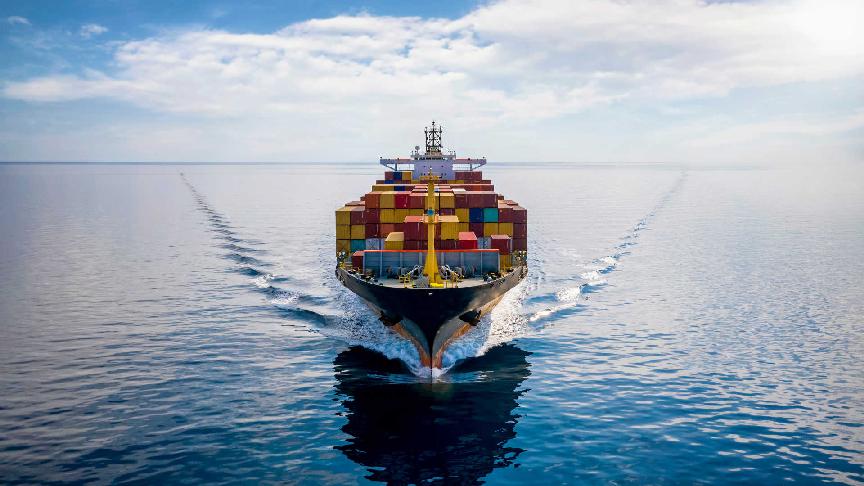Last week, Maersk laid out the planned sea freight network of its new cooperation with Hapag-Lloyd.
One interesting observation is that the Gemini Cooperation plans to use a shipping model that reduces reliance on direct calls.
Media analysts studied the impact of their structure on some of the major ports, particularly on the Far East - Europe trade.
To expand further on this topic, we will look at the two models usually used by shipping lines and the one the new cooperation plans to adopt.
Point-to-point vs. hub-and-spoke
The commonly used model is the point-to-point network. This model connects to a set of locations directly without changing ocean services. In other words, the cargo is transported on board one ship from the port of origin to the port of destination.
Meanwhile, the hub-and-spoke network entails transhipment. This is the process of moving the cargo from a larger ship to a smaller one to transfer the goods to the destination port.

Often, the port that receives the transhipped cargo does not have the capacity to handle large-sized container ships. Therefore, an intermediate port (the hub or transhipment port) is necessary to ship the cargo to the desired destination.
For example, the Port of Singapore is considered one of the main hub ports from which the spoke, or the transhipment, will move to smaller ports.

However, this model requires a network of shuttle services, something the Gemini Cooperation accentuated in its announcement last month.
Improving reliability with the hub-and-spoke model
While it is generally believed that direct shipments entail fewer delays, Maersk and Hapag-Lloyd claim this model will help achieve a 90% reliability rate.
Linerlytica co-founder Tan Hua Joo finds that fewer port coverages have the potential to create better reliability. "But it will come at a cost as they will incur additional feedering costs and longer transit times for the indirect port calls."
Nevertheless, Maersk highlighted that the dedicated shuttles will be operated similarly to the mainliners, "which means they will have the same priority at terminals." It further says that this network will cut two days "for the majority of corridors" on the Asia to North Europe trade and "up to a one-week improvement from North China."
Impact on some key ports
The plan published by Maersk provides information for each trade lane. For this article, we will explore the Asia to Europe route.
In a comment to the media, Hutchison Port Holdings Trust has expressed concern that Hong Kong Port might experience a decline in business due to network reorganization when Gemini begins operations next year.
"As a major export hub for the US and European export markets, Yantian has been selected by the Gemini Cooperation as a main port of call in South China. Meanwhile, for Kwai Tsing Terminals, it is anticipated that some of Maersk's and Hapag-Lloyd's throughput currently handled in Hong Kong may shift to Yantian when the operation starts," said the company.
In Europe, Hamburg Port will also receive fewer direct calls.
The illustration published by Maersk shows that ports such as Aarhus in Denmark, Gdansk in Poland, and even Le Havre in France will not be served by direct calls. Instead, they will be reached from the Port of Rotterdam, one of the hubs chosen for this connection.
Similarly, Busan Port in South Korea and Thailand's Laem Chabang will also be serviced through the hub ports of Nansha in China and Tanjung Pelepas in Malaysia.

What does this model entail for shippers?
On the one hand, the new alliance promises better on-time performance for the entire network.
Analysts, on the other hand, wonder if shippers will accept receiving their goods via more transhipments. "In principle, shippers will always prefer direct services, but this is not always possible. For Gemini, it will therefore be about whether they can in practice deliver the transit times they promise, including transhipment," Shipping Analyst Lars Jensen speculates.
To keep you informed, Kuehne+Nagel's Carrier Service Update will regularly announce the services the Gemini Cooperation offers once the partnership launches in February 2025.
The services will also be available to our customers on seaexplorer with details about the best connection for your shipment.







